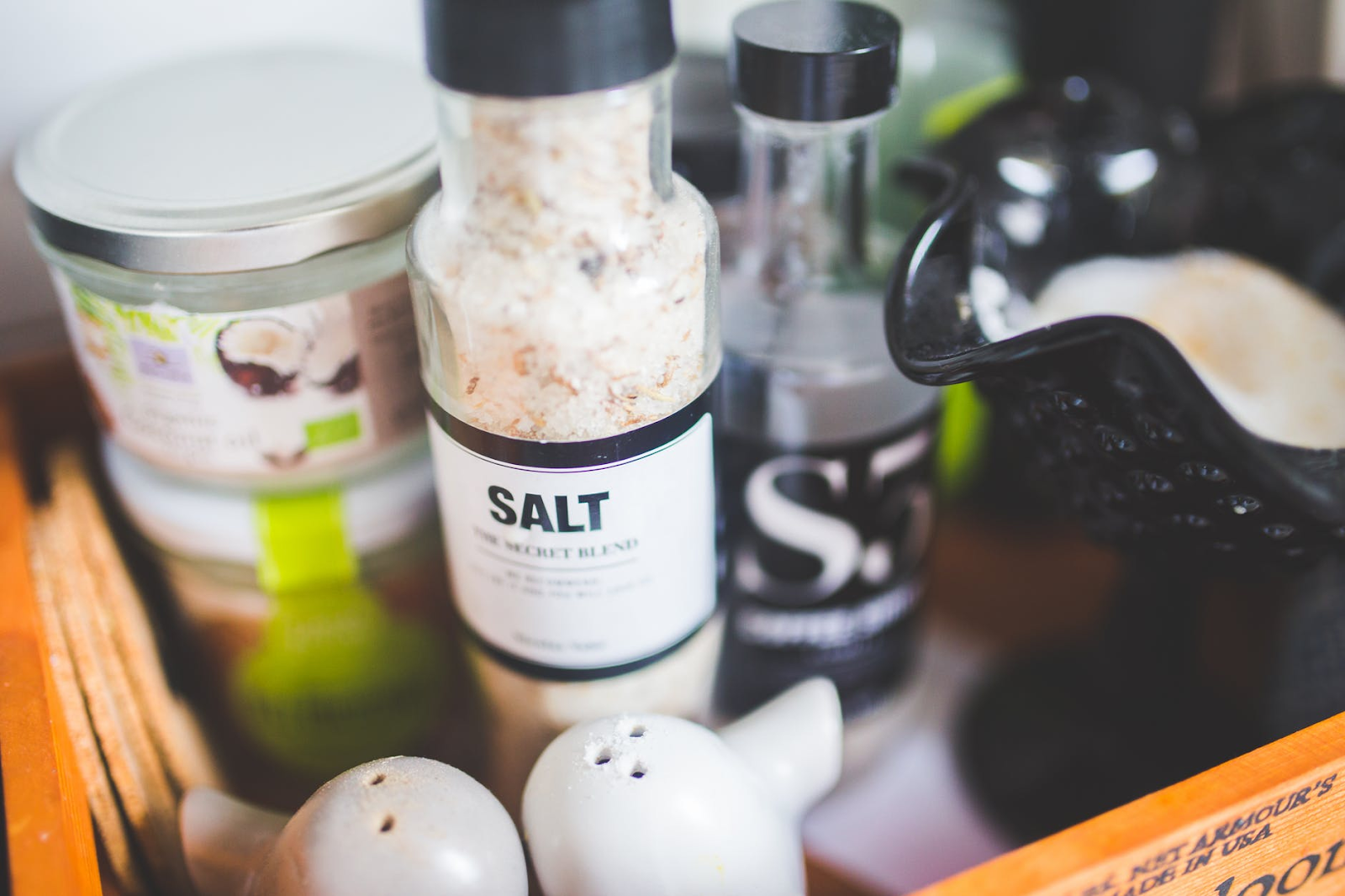
Fructose Glucose Sucrose And All That Sweet Stuff
Drinks can have a variety of flavors, from lemon-lime to ginger to orange. A common component for drinks to have is sugar. Although in some respects, it may be too common. Research studies show that the average American consumes over 13 teaspoons, or a little over 53 grams, of sugar per day. In addition, some products neglect to distinguish what is natural sugar and what is added sugar.
Luckily for those who are trying to avoid added sugars, some products do exist that have only natural sugars. Eliya’s King Coconut Water, for example, is made from the naturally sweet liquid of the Sri Lankan King coconut.
But what exactly is a “natural sugar” in the first place? First, it helps to understand that there are a few types of sugars, chemically speaking.
Fructose

Fructose is found naturally in many fruits and vegetables and added to various beverages such as soda and fruit-flavored drinks. It’s 1.5 times sweeter than white sugar or cane sugar, and since the early 20th-century fructose use in products has quadrupled. Fructose can only be metabolized in the liver and relies on fructokinase to start the metabolism. This complex metabolic pathway means that it is not a preferred source of energy for muscles and the brain. In addition, eating fructose in excess eventually leads to the production of triglycerides, which is the body's main form of fat. A benefit of fructose is that compared to other sugars, moderate amounts won’t negatively affect blood sugar control. On the glycemic index (GI), fructose is 25.
Glucose

As a monosaccharide (a compound with one sugar molecule), glucose is an important source of energy in the human body. It relies on enzymes such as glucokinase and hexokinase to start the process of metabolism. The body processes most carbohydrates you eat into glucose, either to be used immediately for energy or to be stored in muscle cells or the liver as glycogen for later use. Unlike fructose, having too much glucose in the body leads to the production of insulin. As one may suspect, glucose has a GI of 100.
Sucrose

Sucrose, or what people associate with table sugar, is the combination of fructose and glucose. As a disaccharide, sucrose is made up of ½ fructose and ½ glucose. When sucrose is eaten, the enzyme beta-fructosidase separates sucrose into units of glucose and fructose. Seeing as it is made up partially of glucose, diabetics should be cautious when eating foods that may have a high amount of sucrose. Sucrose is 65 on the GI.
Lactose

Lactose is a sugar commonly found in milk. It is a disaccharide (a compound that has two sugar molecules) that is made up of glucose and galactose units. People who are lactose intolerant lack an intestinal enzyme called lactase that splits the lactose into two smaller sugars. Without the lactase, lactose cannot be properly absorbed from the intestine, and digestion problems arise. Lactose has a GI of 45.
Maltose
Maltose is also known as malt sugar or malt sugar. Maltose is disaccharide formed from two units of glucose joined with an α(1→4) bond. It is found in cereals that have barley as well as malt milkshakes and beers. Maltose about 30% as sweet as ordinary sugar, but it has a high GI of 105, meaning diabetics should avoid maltose altogether.
So, what is the difference between all of these sugars?
The main point of distinction is that sugars like fructose and lactose are natural, while sucrose is considered an added sugar.
A person’s daily calorie intake should only be 5% added sugars, which equals to about 7 teaspoons. Making smart decisions about what sugars go into the body can lead to a healthier lifestyle. This includes consuming products that have no added sugars. When a product such as Eliya’s King Coconut Water brands itself as having “no added sugars”, it means that the drink is not subjected to additional sucrose. In this case, the King coconut itself can provide enough sweet flavors without needed to overdo the sugar content. Now that’s refreshing to know.






